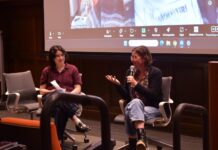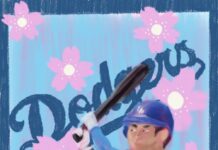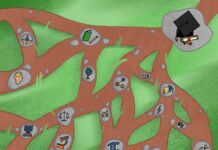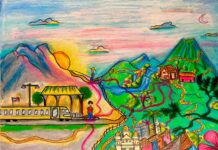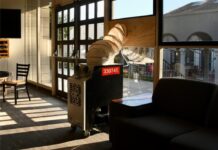The future of 3D printing lies in the potential for people to create. As the 3D printing process makes three dimensional, solid objects from a digital model, this technology is allowing artists to make their ideas come to life. At an unprecedented level, 3D printers are stretching the limits of design and creating new opportunities for artists to innovate.
The most popular form of 3D-printed art uses the additive manufacturing process—3D-printed materials, such as plastic, are fed through a machine, heated, turned to liquid and then molded into sculptural works. 3D printing is disrupting the art world tenfold, allowing for new possibilities in 3D-printed sculpture, interior design, paintings, garments, artifacts and even food art.
Artists, designers and architects are just beginning to test the boundaries of this new medium. 3D printing has made way for exact replicas of the world’s most renowned masterpieces, with the development of a 3D photographic scanning system that captures the aesthetic of the Mona Lisa and the creation of a 3D printed sculpture of Van Gogh’s “Sunflowers” painting. Architects Michael Hansmeyer and Benjamin Dillenburger even 3D printed an entire room, replete with ornamentation that rivals Notre Dame’s.
3D printing has also accelerated the construction of architectural projects, including Antoni Gaudí’s famously unfinished Sagrada Família. Upon his death in 1926, Gaudí left a geometric system of ruled surfaces, which can now be digitized through 3D scanners. Using computer models, architect Mark Burry and his team have been able to digitize Gaudí’s designs for the basilica in order to understand his building methods.
Perhaps most importantly, 3D printing is allowing for the possibility of artifact copies so detailed that they are nearly indistinguishable from their original counterparts.
Recently, an exact replica of the 3,245-year-old tomb of King Tutankhamun was created using a high-resolution color photography and 3D laser scanning system, preserving the historical artifact through an archeological copy.
Testing the boundaries of artistic practices, mediated through the emerging technology of 3D printing, the modern art world is being disrupted in tune with the 21st century, making way for innovations in conservation, reproduction and creative possibility.
![]()


